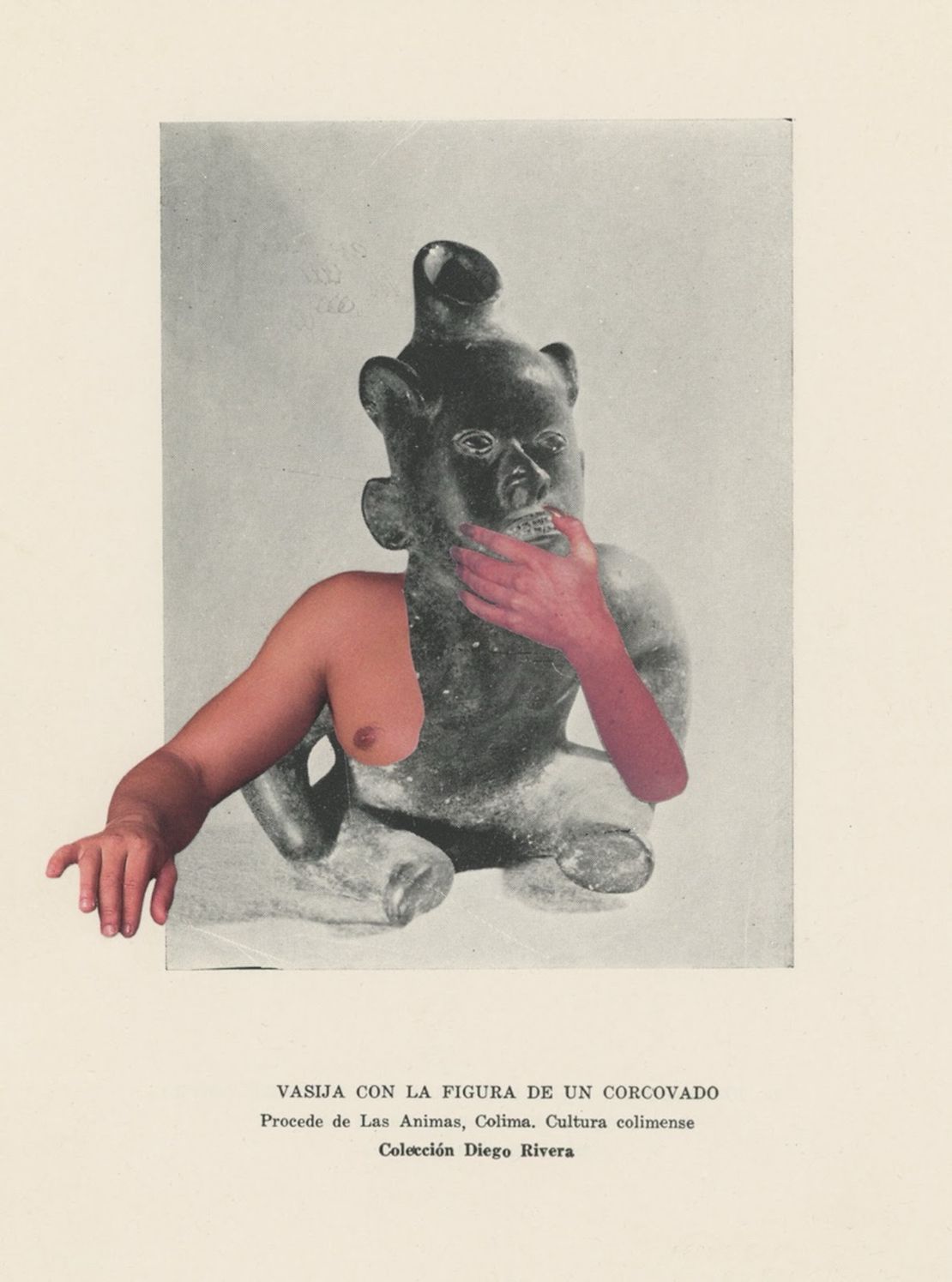Abstract
Saskia’s artwork is related to territory and cultural heritage because it portrays the moon and the sun as spiritual entities, which are often rooted in the spiritual expressions of specific indigenous communities. These representations have a close connection to the ancestral territory of these communities and reflect the profound link between their indigenous culture and the land, recognizing the territory as a sacred space of great significance.
“Eclipse Solar” is a thought-provoking artwork inspired by the conquest of America in 1492. It draws on the concept of an eclipse, where the moon obscures the sun, casting the day into darkness. Building on this metaphor, the artist incorporates improvised singing to explore the evolution of Western art. The artist engages with the past and presents by randomly selecting representative images from different historical periods.
Solar Eclipse, spanning a staggering 529 years, symbolizes the invisibility of Latin American art in relation to the broader Western art canon. Through this artwork, the artist raises crucial questions about the potential trajectory of art without the influence of conquest. What alternative concepts would have emerged? How would forms of representation have developed independently of Western influence?
Solar Eclipse prompts viewers to contemplate the rich expressions of our pre-Hispanic ancestors and underscores the importance of bringing their art to the forefront in contemporary times. It serves as an invitation to recognize and honor these cultural contributions, advocating for their visibility in the present day. Solar Eclipse challenged established Western-centric perspectives and encouraged a reevaluation of the art historical canon by engaging with the untold narratives and diverse artistic practices that preceded the conquest.

